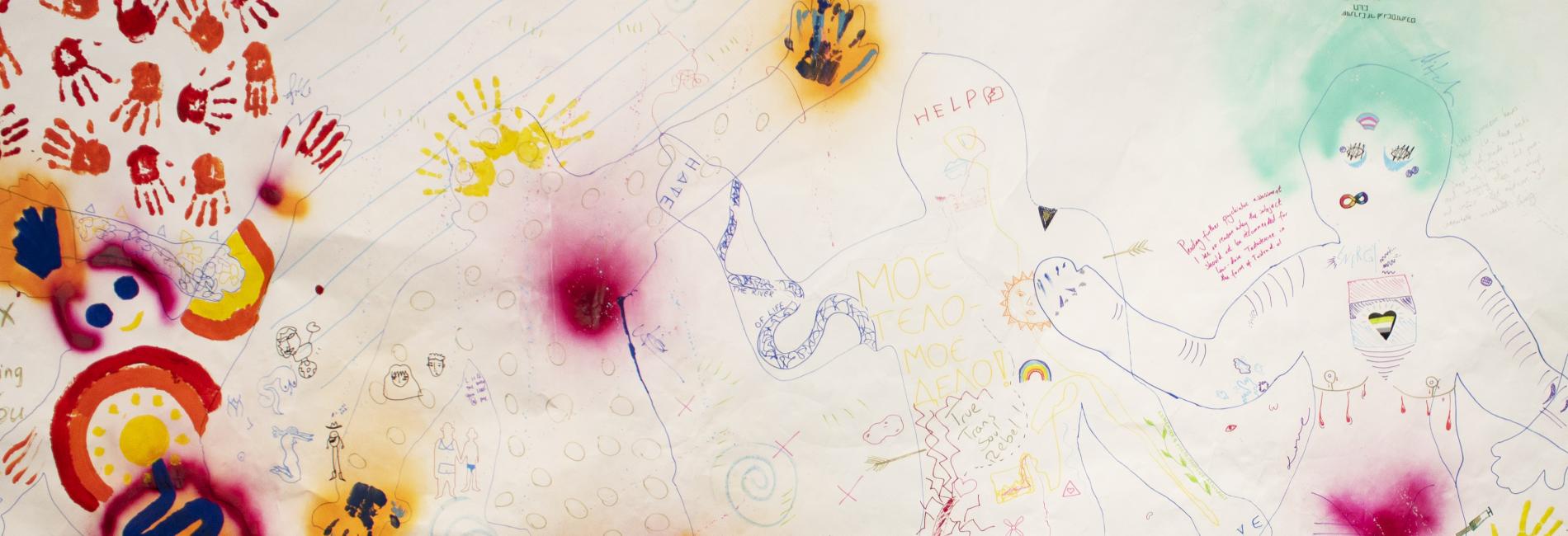Our second Live Q&A for Museum Remix: Unheard is your chance to ask our museum experts your questions about the figurine from Naukratis and the British Sign Language alphabet plate.
Live on YouTube: Tuesday 28 July, 12.30pm
With:
- Sade Ojelade, Museum and Collections Assistant at the Museum of Classical Archaeology (MOCA)
- Eleanor Wilkinson, Teaching and Collections Assistant at the Museum of Archaeology and Anthropology (MAA)
and George Doji, Museum Remix host.
Email your questions to remix@museums.cam.ac.uk
About the objects
The Naukratis figurine
This tiny object is less than 3cm tall, but it reveals the complexity of modern relationships with ethnicity and multiculturalism - and how we perceive the past.
The terracotta figurine head was excavated from the site of the ancient city of Naukratis in Egypt. It dates to the time of the Roman Empire, when Naukratis was an important Roman trading centre. The Museum of Classical Archaeology's catalogue describes the subject as an "African man". But is that how a viewer of the Roman era would have described it?
Sade Ojelade tells us more:
British Sign Language alphabet plate
This small, rather damaged child's plate is a recent find. It was excavated in the centre of Cambridge in the mid-2000s.
It features two alphabets, British Sign Language and English, and hints at the rich and complex history of Deaf culture not often explored in archaeology museums.
Eleanor Wilkinson tells us more:
Email your questions to: remix@museums.cam.ac.uk


